Self-critique prompting is a technique that encourages AI to analyze and critique its responses, identifying possible inaccuracies or areas needing improvement. This post explores the effective use of Self-Critique Prompts, providing practical examples and introducing a specialized tool for optimizing such prompts.
- Original Prompt: “Summarize the causes of climate change.”
- Issue: This prompt does not encourage self-reflection or critique from the AI.
- Optimizing the Prompt: Revised Prompt: “Summarize the causes of climate change and then critique your response for any potential oversights or biases.”
- Rationale: This prompt requests information and directs the AI to evaluate its response critically.
Self-Critique Prompting:
To fully understand Self-Critique Prompts, let’s look at additional examples and their optimization process.
- Photosynthesis Explanation:
- Initial Prompt: “Describe the process of photosynthesis.”
- Optimized Prompt: “Describe the process of photosynthesis and then analyze if your explanation simplifies any complex aspects.”
- Rationale: This encourages the AI to provide information and self-assess for potential simplifications or inaccuracies.
- Supply and Demand Principles:
- Initial Prompt: “Explain the principles of supply and demand.”
- Optimized Prompt: “Explain the principles of supply and demand and identify any economic theories or factors not considered in your explanation.”
- Rationale: This asks for an explanation followed by a self-critique to identify missing elements or theories.
- Global Warming Effects:
- Initial Prompt: “Outline the effects of global warming.”
- Optimized Prompt: “Outline the effects of global warming and then critique your response for any overlooked environmental or social impacts.”
- Rationale: This prompts the AI to review its response for comprehensiveness and consider additional impacts not initially mentioned.
Crafting Self-Critique Prompts:
Creating effective self-critique prompts involves:
- Combining Information with Reflection: Begin with a request for information, followed by a prompt for the AI to reflect on and critique its response.
- Encouraging Comprehensive Evaluation: Frame the prompt to guide the AI in considering all aspects of its response, including potential biases, oversights, and simplifications.
- Fostering Depth and Accuracy: The self-critique should aim to deepen the AI’s understanding and accuracy in its responses.
Interactive Tool for Optimizing Self-Critique Prompts:
We introduce a tool to assist in refining self-critique prompts, ensuring they effectively guide the AI in evaluating its responses.
Tool Usage:
Start your ChatGPT session with: “As an expert in Generative AI and Self-Critique Prompting, optimize my prompt for self-evaluation and explain the adjustments.”
Example:
- Input: “Optimize: Discuss the impact of social media on society.”
- Output:
- Optimized Prompt: “Discuss the impact of social media on society and then evaluate if your response adequately addresses both positive and negative aspects.”
- Rationale: This encourages the AI to provide a balanced analysis and then self-assess for any potential bias or one-sidedness.
Self-critique prompts offer a way to more accurate and reflective AI interactions. Using this technique, users can engage in informative and critically assessed dialogues, enhancing the learning and accuracy of AI responses. Experiment with this approach and the optimization tool, and share your findings to contribute to the evolving field of AI communication.
